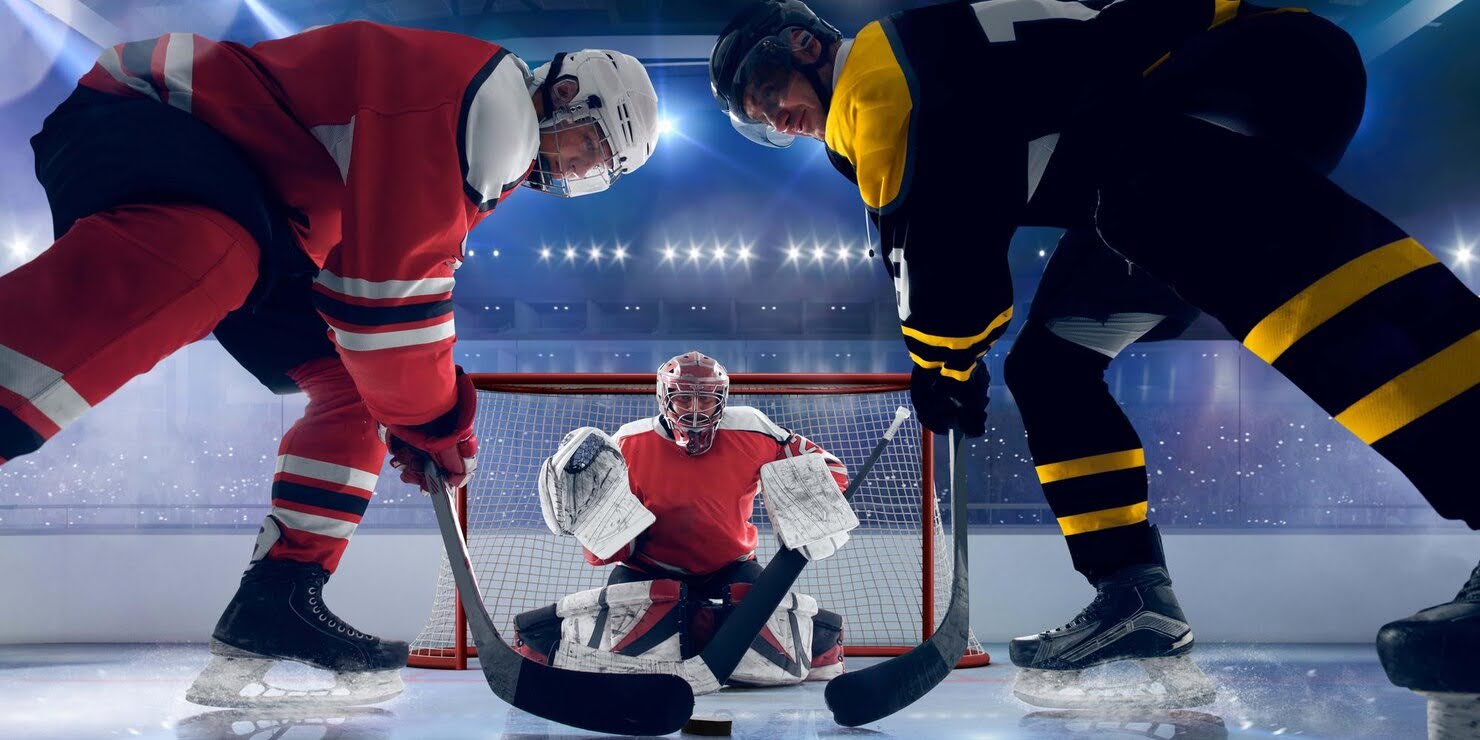For decades, the Soviet national hockey team was not only better—it was unstoppable. Their finesse, precision, and cohesiveness on the ice were unmatched, and they became the quintessence of Cold War sports greatness. To beat the Soviets was to become a legend. But by the early 1990s, the impossible had happened. The magnificent Soviet hockey empire collapsed, leaving behind myths, questions, and a legacy simultaneously endearing and tainted.
This is the story of how a sporting empire that once embodied a nation's dynamism unraveled in synchronization with political instability that tore its country apart.
From Powerhouse to Power Vacuum
The Soviet hockey apparatus was a calculated machine. Built on state subsidy, military order, and an endless supply of talent, it yielded legends like Vladislav Tretiak, Valeri Kharlamov, and Viacheslav Fetisov. Their method? Fast, seamless, and downright frighteningly efficient. The Soviets didn't just win—they rewrote the playbook.
But with the coming of the 1980s, cracks started appearing. The crumbling of communist ideology, the fall of the Berlin Wall, and Mikhail Gorbachev's innovations (reforms: perestroika and glasnost) subverted the firm grip that used to keep players in line and the program intact. With the political freedom came player defections, power conflicts, and financial woes.

In this age, global sports betting and forecasting are at your disposal, now just a tap away. Fans today follow teams through such amenities as online betting sites Bangladesh uses to follow international leagues and lines. When it happened, the collapse of a sports dynasty didn't just shock the fans—it shook the entire globe that was used to seeing the Soviets as invincible.
The shift was sudden. Players began to glance toward the NHL, not just for money, but for freedom. Coaches battled administrators. Cash evaporated. The Red Machine, unbeatable once, began to sputter.
Critical Moments That Defined the Fall
The fall of the Soviet hockey dynasty wasn't caused by one thing, but by a succession of them. From internal revolt to overseas defections, the handwriting was on the wall well before the last buzzer.
Here’s a breakdown of turning points that sealed the fate of Soviet hockey:
|
Year |
Event |
Impact |
|
1989 |
Sergei Priakin becomes the first Soviet allowed to join the NHL |
Opens the floodgates for more defections |
|
1991 |
Soviet Union dissolves |
Ends centralized funding and coaching control |
|
1992 |
Unified Team wins Olympic gold—but it’s not the USSR |
Symbolic end of Soviet-era dominance |
|
1993 |
Russia forms its own national team |
A new chapter begins, but the dynasty is over |
Even when the team played briefly as the "Unified Team" at the 1992 Olympics and still won gold, the emotional core of Soviet identity within hockey had disintegrated. The win was a bitter one—a victory tour for something that no longer was.
As the old world fell apart, worldwide interest in Eastern European hockey exploded. Scouts pillaged post-Soviet countries for hidden riches, and former Soviet players prospered in Western leagues. The Red Machine had been taken apart—and repositioned—by the same forces it was fighting against.
Simultaneously, worldwide interest in sports beyond the West started to extend. And through mediums like Melbet Instagram Bangladesh, opening up global audiences to the complex beauty of games, previously geopolitical encounters. This growing awareness is how sports history, previously particularized, is now common digital discourse.
Aftershocks That Echo Today
The collapse of the Soviet hockey machine didn't just reshape a single nation's team—it changed the sport itself. The post-collapse years witnessed NHL teams flooded with Russian, Latvian, Ukrainian, and Kazakh star power. Players who had previously been ideologically sequestered became league legends.

Meanwhile, Russia struggled to restore its hockey identity. The infrastructure was there, but the coherence was not. Political instability, uncertain direction, and the magnetism of overseas leagues leached the competitiveness from the national program.
And yet, the influence of Soviet hockey can still be felt. Far too many today's finest players in the world were shaped—consciously or subconsciously—by models of Soviet-era training. Their off-puck activity, positional play, and puck possession still trace back to a model long extinct.
The decline also reshaped global competition. Without a dominant superpower, parity returned. Canada, Sweden, Finland, and the U.S. share the podium together more often today. The ice is flatter—and by one measure, more exciting.
The Soviet hockey empire didn't perish overnight. It was worn down by politics, pride, and progress. What was once a frozen citadel of superiority slowly melted away into the past. But its fingerprints remain on every cross-ice pass, every score, every nascent champion raised in its shadow. The machine may have stopped functioning, but the memory never fades.







